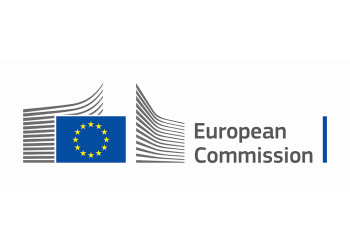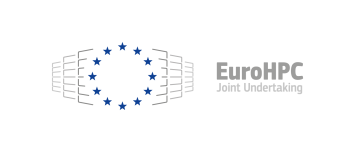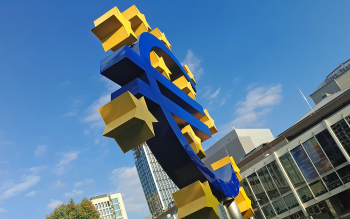-
About
- News | Events | Jobs
- Ecosystem
- Projects
- Funding
- Media
Quantum physics allows making statements about the behavior of a wide variety of many-particle systems at the atomic level, from salt crystals to neutron stars. In quantum systems, many parameters do not have concrete values but are distributed over various values with certain probabilities. Often this distribution takes the form of a simple Gaussian bell curve that is encountered also in classical systems, for example, the distribution of balls in the Galton box experiment. However, not all quantum systems follow this simple behavior and some might deviate from the Gaussian distribution due to interactions. Although theoretical work has long predicted notions of "Gaussification", where physical systems to dynamically move to Gaussian states, experimental evidence has been missing.
Now a team of researchers has set out to experimentally probe the question of how quantum systems ultimately approach Gaussian quantum states, and how ensembles of quantum statistical mechanical would ultimately emerge. The international team is formed by researchers from the Technical University of Vienna and the Freie Universität Berlin . Prof. Dr. Jens Eisert, who leads the group at the Freie Universität Berlin and the Helmholtz-Zentrum Berlin, is also part of the Quantum Flagship's project PASQuanS.

The phonons distribution is complex and then simplifies
Researchers argued that once interactions are reduced, such deviations decay over time and become Gaussian distributed. Prof. Dr. Jörg Schmiedmayer and members of his group, in particular Dr. Thomas Schweigler, from the at the Technical University of Vienna, prepared a so-called Bose-Einstein condensate. This quantum system consisted of several thousand rubidium atoms, confined in a quasi-one-dimensional configuration with the help of magnetic fields and cooled near absolute zero (50 nanokelvins).
"The Vienna group created a synthetic quantum system in which the distribution of the phonons can be observed particularly sharply" explains Dr. Marek Gluza, postdoc and co-author of the study. "The measurement data initially represented the complex dynamics of the phonons. But the complexity is lost over time and the distribution takes on the shape of a Gaussian bell curve".
In fact, we can see here how a Gaussian distribution emerges over time. Nature finds a simple solution, all by itself, through its physical laws.
Jens Eisert / Freie Universität Berlin
What is unique about the performed experiment is that as time goes on the system swings back to the more complex distribution, demonstrating that the signatures of a complicated state can be retrieved again. “We know precisely why it swings back and what it depends on”, Dr. Gluza explains. “This shows us something about the isolation of the system because the information about the signatures has never left the system “.
Cited article. Schweigler, T., Gluza, M., Tajik, M. et al. Decay and recurrence of non-Gaussian correlations in a quantum many-body system. Nat. Phys. (2021). https://doi.org/10.1038/s41567-020-01139-2
This article was originally published at HZB newsroom and edited for clarity.



